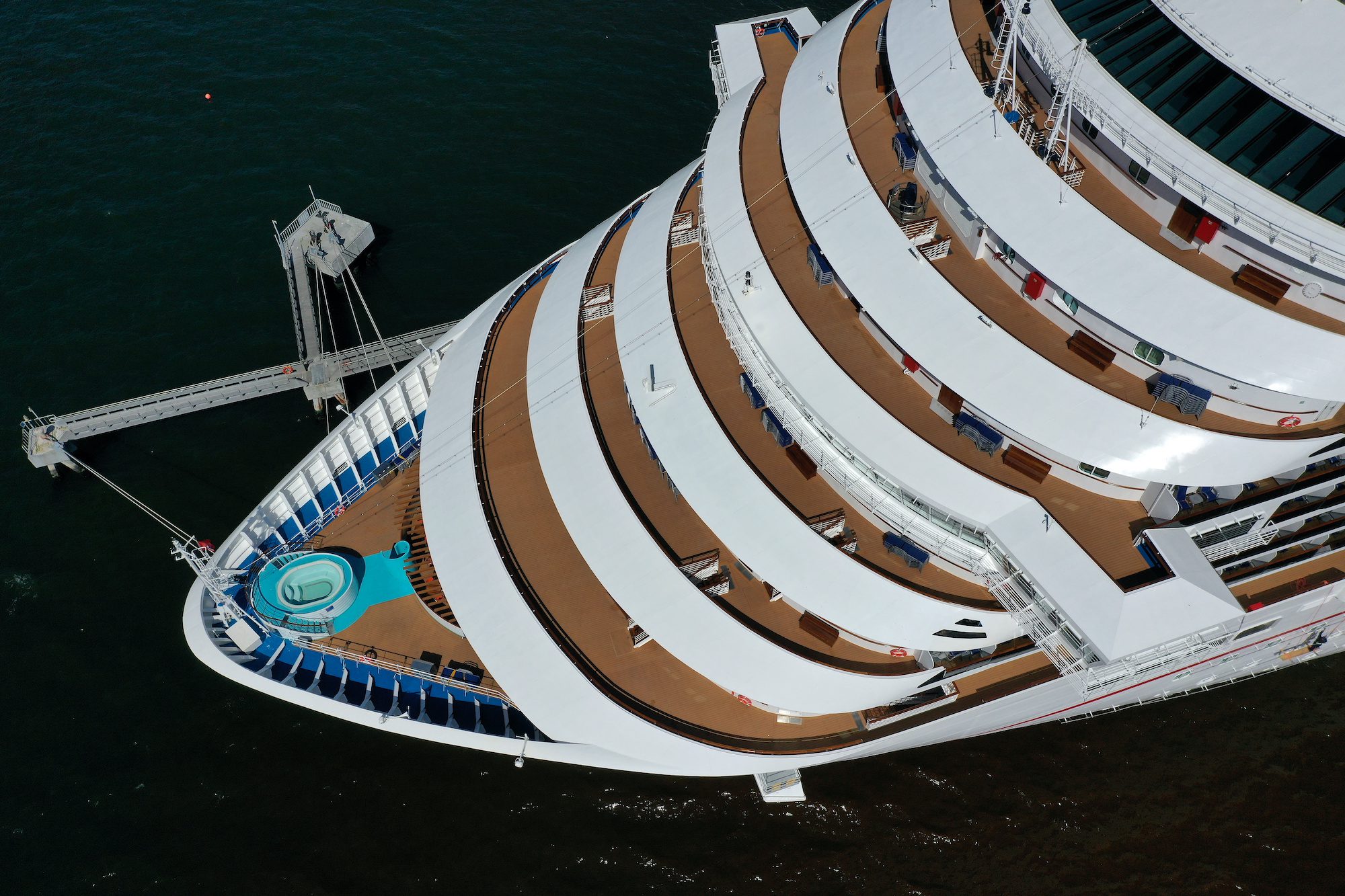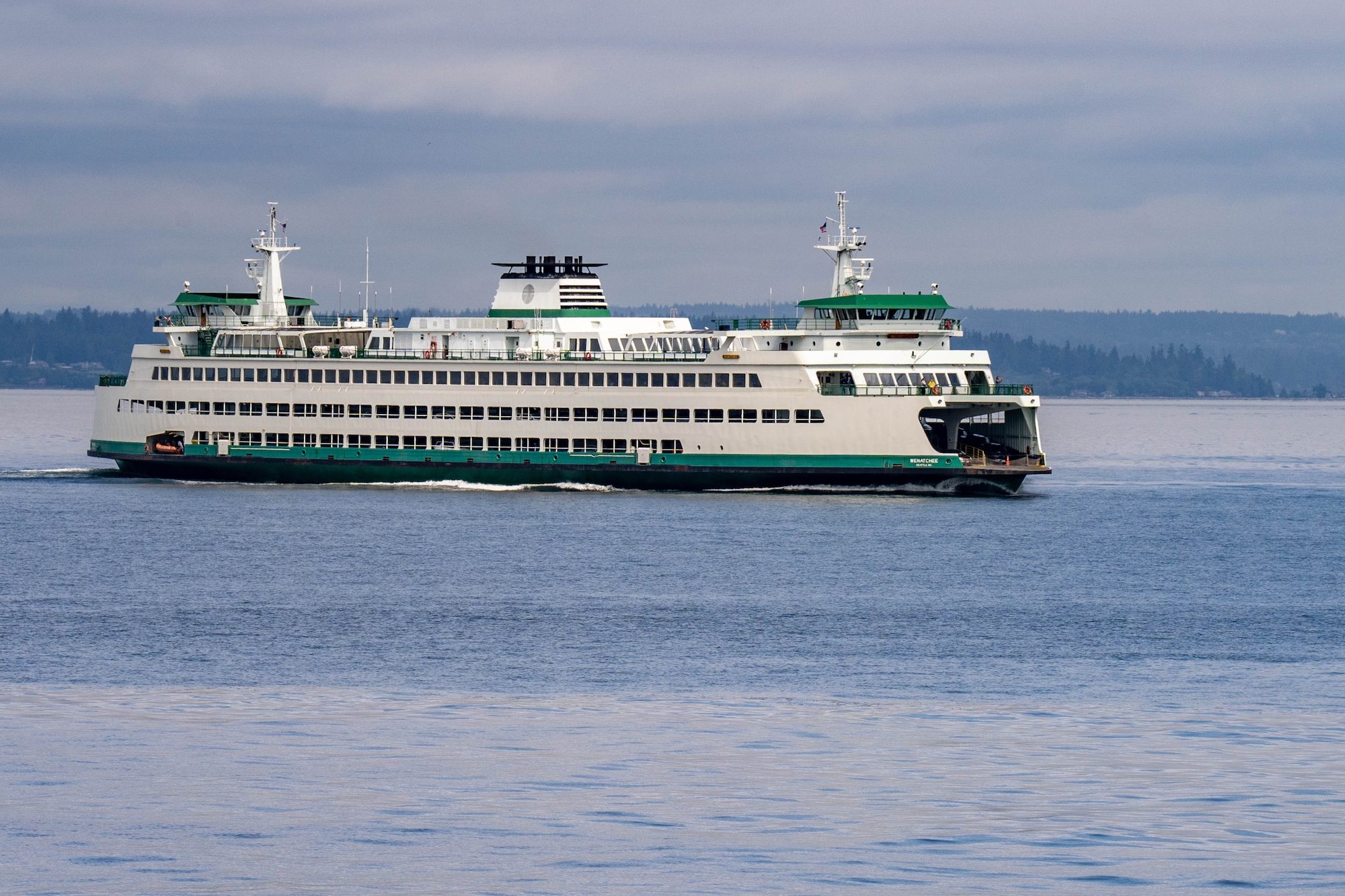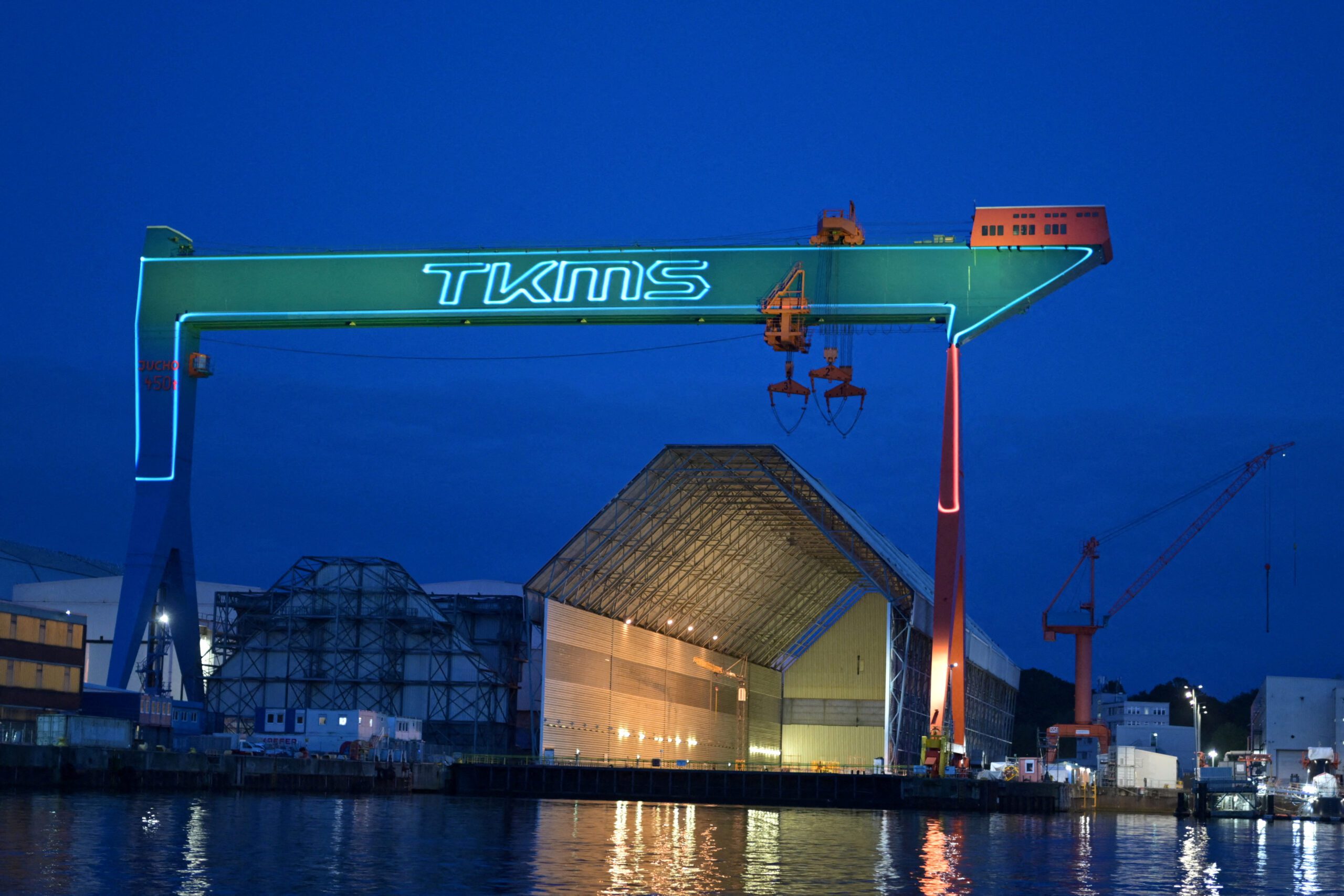On March 16, 2012, the Port of Long Beach welcomed the arrival of the MSC Fabiola, at that time the largest container ship ever to call in North America. The vessel is over 1,200 feet long and can carry more than 12,000 teu’s.
By Marc Levinson
(Bloomberg) — Striking clerks at the nation’s largest port complex, in Southern California, agreed to return to work on Dec. 5, leaving Americans puzzled why a dispute involving a few hundred office workers could threaten the timely arrival of holiday gifts across the country and affect about $1 billion in trade a day.
The answer, of course, can be found in history — in this case, the history of labor relations at the dawn of the container era.
In the 1950s, when most international cargo was transported aboard break bulk vessels that had to be loaded with individual barrels of chemicals, bales of cotton and wooden crates of machinery, thousands of men earned at least part of their livelihoods working on the docks. It was clear to leaders of the separate dockworkers’ unions on the Atlantic and Pacific coasts that increasing automation and the arrival of container shipping, which began in 1956, would have dire consequences for their members.
Two Approaches
The two unions approached the problem differently. The International Longshoremen’s Association, whose members worked the docks from Maine to Texas, strongly resisted automation. The union eventually won a contract providing a guaranteed annual income for members whose working hours were reduced by containerization. As late as 2005, decades after the guarantee was put in place, a tax on containers was still financing payments to New York longshoremen ostensibly displaced by the technology.
The International Longshoremen’s and Warehousemen’s Union, which controlled the docks on the Pacific, was more sympathetic to employers’ complaints about low productivity. In 1960, the ILWU and the employers’ association completed a landmark pact, the Mechanization and Modernization Agreement. The union accepted the unlimited introduction of new machinery and working methods, even if those would eliminate jobs. The employers, in return, agreed to offer generous retirement benefits to encourage unneeded dockworkers to leave and better pay and benefits for those who remained.
This Mechanization and Modernization Agreement turned Los Angeles and Long Beach, California, into the country’s largest container ports. But containerization introduced an issue that the agreement hadn’t dealt with. Before containers, longshoremen had responsibilities beyond the physical loading of cargo. Dockworkers kept track of cargo, moved goods between ships and dockside warehouses, repaired the equipment used on the docks, and figured out the best way to load each vessel so it would remain stable at sea and could be easily unloaded at its destination.
After containerization, loading plans and cargo-checking would be done by workers using computers, and the warehouses and equipment-repair facilities would move miles inland. The ILWU faced the possibility that much of the work once performed by highly paid longshoremen would be done by other workers, weakening the union’s bargaining power and reducing employment of union members.
These developments were impossible to foresee when the Mechanization and Modernization Agreement was adopted. But they have led to an endless series of disputes as the ILWU has tried to maintain control over work that used to be done by longshoremen and that is still integral to the process of handling maritime freight. Each new technological development, each change in methods of cargo-handling or recordkeeping, each attempt to move work to another location poses a challenge to the union’s ability to protect its members’ working conditions and the six-figure annual wages earned by many longshoremen.
That’s why thousands of workers performing physical tasks on the docks honored picket lines to protect the jobs of colleagues who process information about containers and their contents in air-conditioned offices.
Computers Everywhere
The West Coast longshore strike of 2012 is unlikely to be the last, even with the best of goodwill on both sides. In cargo-handling, as in many manufacturing and service industries, much work once performed by production workers and clerks is now done by computers. New technology means that even tasks such as collecting a container from a storage area and moving it alongside a ship can be handled without a worker at the controls. More than 50 years ago, the ILWU and the employers in West Coast ports agreed to accept containerization. They will be grappling with its consequences for many years to come.
(Marc Levinson’s books include “The Box: How the Shipping Container Made the World Smaller and the World Economy Bigger.” The opinions expressed are his own.)
Copyright 2012 Bloomberg.

 Join The Club
Join The Club











